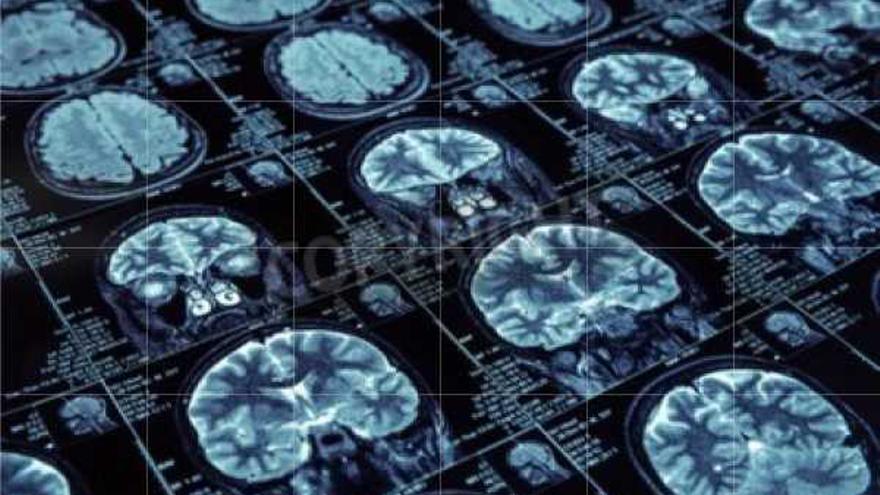people with obsessive compulsive disorder (also known as OCD) tend to repeat a series of behaviors, such as washing their hands, arranging objects very strictly or checking over and over again if they have closed a door or turned off a light. The scientific community has been investigating this type of behavior for a long time to understand its origin and, above all, how to deal with it. This Tuesday, a team of researchers from the University of Cambridge publishes a study in which, for the first time, it is possible to unravel brain mechanisms Behind this type of compulsive behaviors that cause so much discomfort among those who suffer them.
But what exactly happens in the brain of a person with obsessive compulsive disorder? To find out, a team of British researchers performed brain scans of 31 people diagnosed with this disorder and 30 more people without this condition. during the tests the level of neurotransmitters was measured in two different brain regions of the brain (the anterior cingulate cortex and the supplementary motor area) and, from there, the results obtained between the two groups of patients were compared to find out what kind of mechanisms could be related to the compulsive disorders.
The study has detected abnormal behavior in several areas of the brain
The study, published this Tuesday in the journal ‘Nature Communications’, suggests that people with habitual compulsive behaviors have higher levels of glutamate (one of the main neurotransmitters responsible for stimulating the activity of brain cells) in the supplementary motor area (the region of the brain responsible for movement). This same pattern has also been found in the anterior cingulate cortex (a region responsible for emotional regulation, decision-making, and cognitive control).
neurotransmitter imbalance
Related news
As explained by the team that has led this work, led by researchers Marjan Biria and Trevor Robbins, everything points to the origin of behaviors compulsive could be in a «neurotransmitter imbalance» in some brain regions. This finding would not only help to understand the basis of these disorders, but could also pave the way in the search for new neuromodulatory treatments that allow, among other things, to rebalance the affected brain circuits.
It is not the first time that a study focuses on investigating the brain mechanisms behind compulsive behaviors. Previous research had pointed to phenomena such as, for example, one of the neural connections between different regions of the brain (such as, for example, those in charge of thought regulation). There are also works that point to a series of limbic system dysfunctions (responsible for emotions), the prefrontal cortex (which regulates decision making and emotional regulation) and the basal ganglia (Structures responsible for regulating patterns of thought and behavior).

